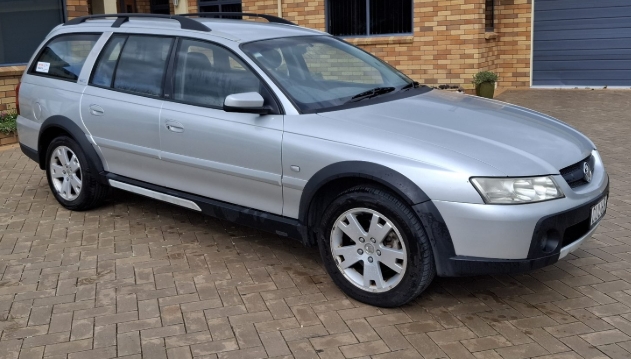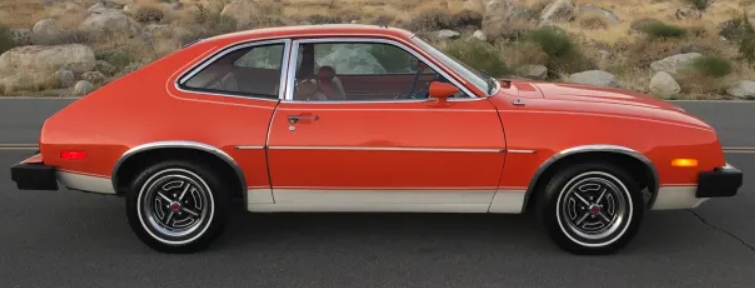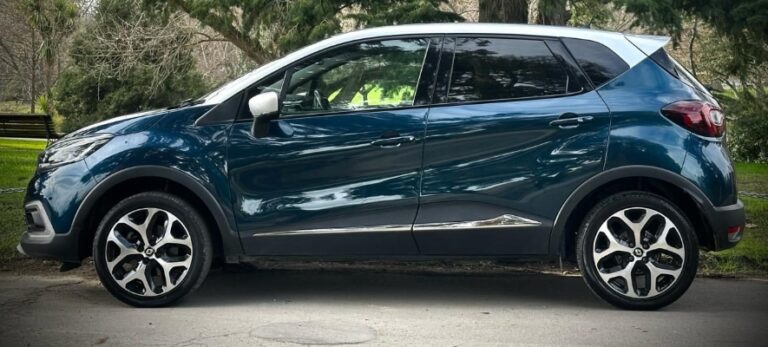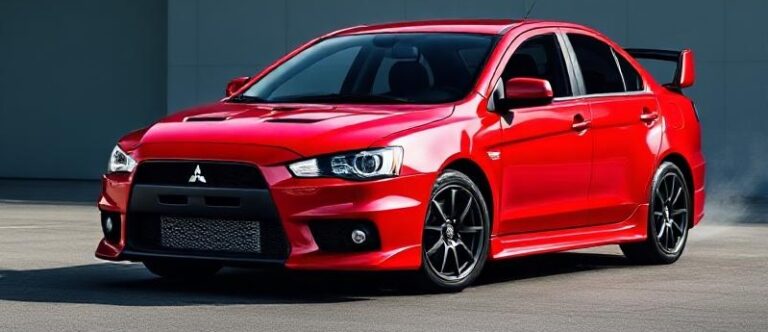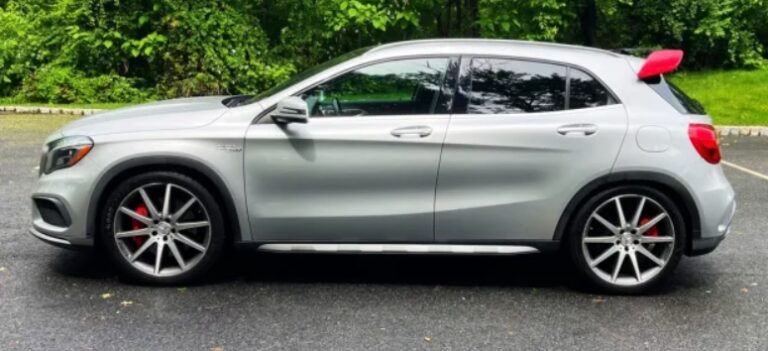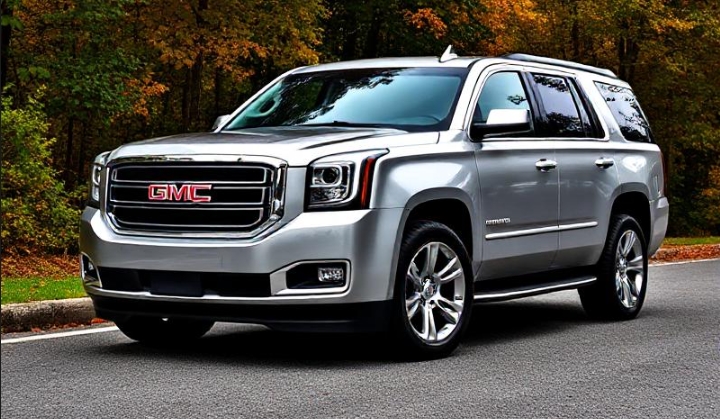The High-Riding Lion: The Brief, Bold, Evolutionary Life of the Holden Adventra
In the annals of Australian automotive history, few vehicles represent such a bold, ambitious, and ultimately flawed gamble as the Holden Adventra. It was a car born from a unique set of circumstances: a dominant local manufacturer facing a seismic shift in consumer taste, a legendary platform pushed to its absolute limits, and a quintessentially Australian belief that a V8 station wagon could, with enough engineering grit, conquer the bush. The Adventra was Holden’s answer to the rising tide of the Sport Utility Vehicle (SUV), a high-riding, all-wheel-drive crossover that was part Commodore, part outback adventurer. Its life was short, spanning just a few years, but its story is a fascinating chapter in the final, defiant era of Australian car manufacturing.
Part 1: The Genesis – A Market in Motion
By the early 2000s, Holden was the undisputed king of the Australian road. The Commodore, in its sedan and wagon forms, was a sales juggernaut, a cultural touchstone woven into the fabric of the nation. However, storm clouds were gathering on the horizon. Globally, buyers were flocking to SUVs, and Australia was no exception. Models like the Toyota RAV4, Honda CR-V, and the luxurious Toyota Kluger were rapidly gaining traction, offering the high driving position, perceived safety, and versatile interior space that families craved.
Holden had a problem. Their portfolio was dominated by rear-wheel-drive sedans, wagons, and utes. They had no true SUV to compete. More worryingly, their arch-rival, Ford Australia, was deep in the development of what would become the Ford Territory—a purpose-built, Australian-designed SUV that promised to redefine the family car market.
Faced with this threat, Holden’s engineers turned to their greatest asset: the V-car platform underpinning the VY Commodore. The idea was as audacious as it was logical: take the immensely popular Commodore station wagon, give it a sophisticated all-wheel-drive system, raise the ride height, and clad it in rugged body armour. It was a classic case of leveraging an existing platform to create a new market contender, saving billions in development costs for an all-new vehicle. The project was green-lit, and the Holden Adventra was born.
Part 2: The V8 Pioneer – The VY II Adventra (2003–2004)
The Holden Adventra made its grand debut in October 2003, as part of the VY II Commodore update. It was an imposing machine. Compared to the standard wagon, it sat significantly higher, with a ground clearance of 200mm. Tough, unpainted plastic cladding on the bumpers, wheel arches, and side sills gave it a purposeful, rugged aesthetic. Unique front and rear bumpers, a distinctive grille, and roof rails completed the transformation. It looked like a Commodore wagon that had spent the off-season at a military boot camp.
Underneath the muscular skin lay the real innovation: Holden’s new “Cross Trac” permanent all-wheel-drive system. Developed in-house, it was a rear-biased system, sending 38% of the engine’s torque to the front wheels and 62% to the rear under normal conditions. This maintained the classic, sporty rear-drive feel that Commodore drivers loved, while providing all-weather traction. Instead of complex locking differentials, Cross Trac used an advanced electronic traction control system to brake spinning wheels, thus redirecting torque to the wheels with grip. It was a clever, software-driven solution for moderate off-road and slippery conditions.
Crucially, for its initial launch, the Adventra was offered with only one engine: the venerable 5.7-litre Generation III LS1 V8. Producing a healthy 235 kW and 460 Nm of torque, it gave the heavy crossover effortless performance. This V8-only strategy was a deliberate move to position the Adventra as a premium, powerful “adventuring” vehicle, a halo model for the new AWD sub-brand. All models were paired with a four-speed 4L60-E automatic transmission.
During the VY II production run, the Adventra was available in two distinct trim levels:
Adventra CX8: The “entry-level” model, though still well-equipped for its time. Standard features included 17-inch alloy wheels, cruise control, air conditioning, power windows, a six-speaker CD player, and cloth upholstery. It offered the core Adventra experience: V8 power and all-wheel-drive security in a practical wagon body.
Adventra LX8: The range-topping luxury variant. The LX8 added a host of premium features over the CX8, building a true grand tourer. These included full leather upholstery, dual-zone climate control, a power sunroof, a premium 10-speaker sound system with a subwoofer, self-levelling rear suspension (crucial for towing), and exclusive interior trim accents.
The initial reception was mixed. The press praised the Adventra’s powerful V8 performance, its secure on-road handling (which felt more car-like than traditional 4WDs), and its rugged good looks. However, the V8’s prodigious thirst for fuel was a major drawback, especially as petrol prices began their inexorable climb. Furthermore, while capable on gravel roads and snow, it was no true off-roader, limited by its Commodore-based suspension and lack of a low-range gearbox.
Part 3: The Necessary Evolution – The VZ Adventra (2004–2006)
In August 2004, Holden launched the updated VZ Commodore range, and with it came a heavily revised Adventra lineup. This was Holden’s direct response to the market’s feedback and, more importantly, to the smash-hit launch of the six-cylinder-only Ford Territory a few months prior. The VZ Adventra was designed to broaden the model’s appeal by finally addressing its biggest weakness: the lack of a more economical six-cylinder engine.
The headline act was the introduction of Holden’s new 3.6-litre Alloytec V6 engine. This modern, high-feature V6 produced 190 kW and 340 Nm of torque, offering a significant improvement in fuel economy over the V8. To complement the new engine, V6 models were equipped with a more advanced five-speed 5L40-E automatic transmission with an active-select manual shifting mode.
The V8 wasn’t forgotten. The LX8 model received a slight power boost, with its revised 5.7-litre V8 now producing 250 kW and 470 Nm, though it remained mated to the older four-speed automatic. The VZ range also received minor cosmetic updates, including a revised grille and updated interior trims.
The model lineup was completely reshuffled to accommodate the new powertrain options:
Adventra SX6: This became the new entry point to the range. Powered by the Alloytec V6, it was positioned to compete directly with the base model Ford Territory. Standard equipment was similar to the previous CX8 but with the V6 powertrain, featuring 17-inch alloy wheels, air conditioning, cruise control, and basic power features.
Adventra CX6: The mid-spec V6 model. It built on the SX6 by adding features like rear parking sensors, a cargo blind, and slightly more premium interior appointments, making it the volume-selling family variant.
Adventra LX6: The luxury V6 model. This variant offered all the premium features of the flagship LX8—including leather trim, climate control, a sunroof, and the premium audio system—but paired them with the more economical Alloytec V6 engine, creating a well-rounded luxury tourer.
Adventra LX8: The hero model continued, now as the sole V8 offering in the Adventra range. With its upgraded 250 kW V8, it remained the ultimate expression of the Adventra concept: a thunderous, high-riding muscle wagon for the discerning enthusiast who valued power above all else.
Part 4: The Unwinnable Battle and The Quiet End
Despite the introduction of the V6 and a much broader model range, the VZ Adventra failed to capture the public’s imagination in the way the Ford Territory did. The problem was fundamental. The Territory was a clean-sheet design, a purpose-built SUV from the ground up. This gave it a significant packaging advantage, with a more spacious and versatile interior, a higher “command” driving position, and clever features like “theatre-style” rear seating.
The Adventra, for all its strengths, could never escape its origins as a modified station wagon. Its interior was identical to a Commodore’s, which, while comfortable, lacked the storage solutions and airy feel of its new rival. The V6, while more efficient than the V8, was still criticised for being thirsty compared to the Territory’s revered “Barra” inline-six engine.
Sales remained sluggish. Holden had gambled that Australians wanted a car that drove like a Commodore but with extra capability. It turned out what they really wanted was an SUV.
The final nail in the coffin was corporate strategy. Holden was deep in the development of the billion-dollar, all-new VE Commodore. Its “Zeta” platform was a global architecture that did not include provisions for the bespoke Cross Trac all-wheel-drive system. Re-engineering the system for the new platform would have been prohibitively expensive for a low-volume model. Holden’s parent company, General Motors, had another solution: the globally sourced Holden Captiva, a rebadged Daewoo SUV.
In late 2006, with the VE Commodore’s launch imminent, the Holden Adventra was quietly discontinued. It had been on the market for just over three years.
.
Many car aficionados have multiple hobbies, like boating as well as auto stuff. Those who don’t already own a boat (and even some that do), may have thought about building their own boats. It’s really not as hard as you’d think. Just take a look at these easy boat building plans!

.
The Legacy: A Cult Classic
Today, the Holden Adventra is regarded as a cult classic. It represents a fascinating “what if” moment—a uniquely Australian attempt to solve a global problem. For enthusiasts, it combines the best attributes of the beloved Commodore wagon with all-weather security and a touch of rugged individuality. The V8-powered LX8 models, in particular, are sought after as thunderous and practical performance cars, a sort of “Monaro for the family.”
The Adventra was a bold, powerful, and characterful machine that was ultimately the right car at the wrong time, fighting a battle against a superior purpose-built rival. It stands as a testament to the ingenuity of Holden’s engineers and a final, roaring tribute to the idea that the answer to any automotive question in Australia could be found within the shape of a Commodore.
